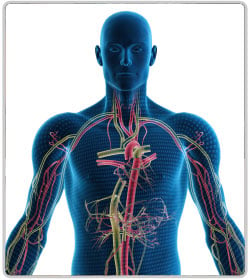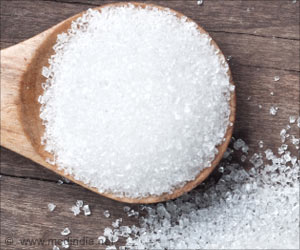
That protein, STIM1, was previously known to sense a change in calcium within immune cells, a process that occurs when the body confronts a pathogen. Upon sensing this change, STIM1 opens a type of pore in the cell membrane, called a CRAC channel, to allow the flow of calcium ions - a vital step in activating the immune system.
The Feinberg team, led by Murali Prakriya, assistant professor of molecular pharmacology and biological chemistry, discovered that STIM1 not only opens these pores but is responsible for determining the exquisite selectivity for calcium ions within the CRAC channels, a critical factor in kick starting the body's immune system.
"People have generally thought that selectivity of ion channels is fixed and that selectivity and opening are separate processes; this is a fundamental shift in the way scientists believe ion channels operate," Prakriya said.
"CRAC channels and STIM1 are absolutely vital to activating the immune system. As is observed in some human patients, you can block key parts of the system by blocking these molecules in immune cells. These finding reveal not only a novel mechanism by which CRAC channels operate, but also new ways in which it encodes biological information. This represents exciting new possibilities to develop therapeutics to treat a broad range of conditions," he said.
To determine that STIM1 is responsible for selectivity and opening, the researchers created a mutated CRAC channel designed to keep the pore open without the assistance of STIM1.
Advertisement
Even at low doses of STIM1, the unmutated channel lost its normally high calcium selectivity, allowing the entry of multiple types of ions.
Advertisement
"The CRAC channel is emerging to be incredibly important for the immune system," Prakriya said.
"But we have been solely focused on its calcium conducting mode that occurs in response to STIM1. It is certainly possible that there could be other players in the cell that open the CRAC channel pore to permit the flux of other ions to stimulate different cell functions. That's the next question," he added.
The study has been published in the journal Nature.
Source-ANI










